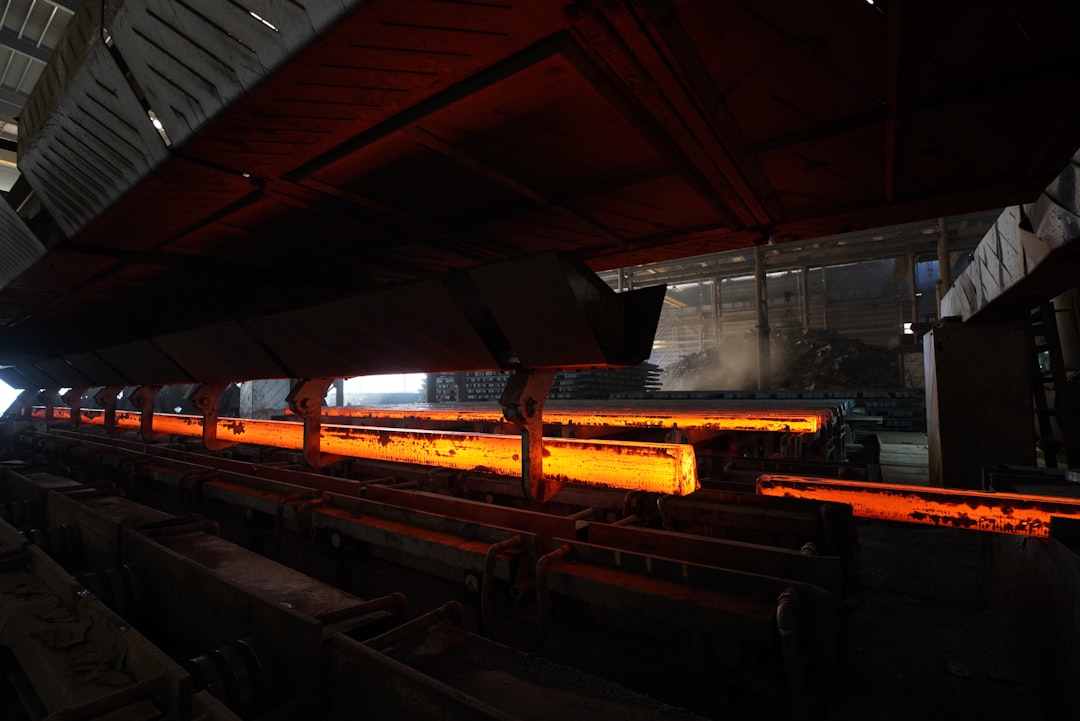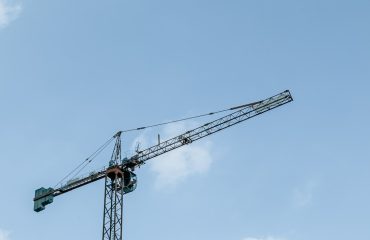The steel industry is a cornerstone of global infrastructure, powering everything from skyscrapers to vehicles. However, its traditional production methods are notoriously carbon-intensive. The urgent need to mitigate climate change necessitates a fundamental shift towards sustainable steel supply chains. This involves a comprehensive overhaul of processes, from raw material sourcing to end-of-life management, embracing circular economy principles and innovative technologies.
1. Responsible Raw Material Sourcing: The Foundation of Green Steel
The journey towards sustainable steel begins with responsible raw material sourcing. Traditional steel production relies heavily on iron ore, a finite resource with its own environmental footprint associated with mining and transportation. Sustainable practices include:
- Minimizing mining impacts: Employing techniques that reduce land disturbance, water consumption, and biodiversity loss. This includes exploring less environmentally damaging mining methods and focusing on efficient resource extraction.
- Utilizing recycled materials: Steel scrap is a readily available and significantly less energy-intensive feedstock. Increasing the proportion of recycled steel in the production process dramatically reduces carbon emissions and resource depletion.
- Sourcing from certified mines: Collaborating with suppliers committed to environmental and social responsibility, adhering to standards like the Global Reporting Initiative (GRI) or the Responsible Minerals Initiative (RMI).
- Exploring alternative raw materials: Researching and implementing the use of alternative materials, such as hydrogen-reduced iron ore, to minimize reliance on traditional, high-emission processes.
2. Energy Efficiency and Emission Reduction in Steel Production
Steelmaking is an energy-intensive process, responsible for a significant portion of global greenhouse gas emissions. Reducing these emissions requires a multifaceted approach:
- Transitioning to renewable energy: Powering steel mills with renewable energy sources like solar, wind, and hydropower reduces reliance on fossil fuels, significantly lowering carbon footprints.
- Implementing carbon capture, utilization, and storage (CCUS): Capturing CO2 emissions from steelmaking processes and either storing them underground or utilizing them in other industries is a crucial technology for decarbonization.
- Optimizing production processes: Implementing advanced process control and automation technologies to improve energy efficiency and reduce waste generation throughout the steelmaking process.
- Exploring alternative steelmaking technologies: Investing in and adopting innovative technologies such as hydrogen-based steelmaking, which eliminates direct CO2 emissions.
3. Optimizing Transportation and Logistics for Reduced Environmental Impact
The transportation of raw materials and finished steel products contributes significantly to the overall carbon footprint of the supply chain. Sustainable practices in this area include:
- Optimizing transportation routes: Utilizing efficient logistics and route planning to minimize transportation distances and fuel consumption.
- Utilizing more fuel-efficient transportation modes: Shifting towards rail transport where feasible, as it is generally more energy-efficient than road transport.
- Investing in electric or alternative fuel vehicles: Transitioning to electric or hydrogen-powered vehicles for shorter-distance transportation.
- Improving packaging and handling: Using sustainable packaging materials and optimizing handling procedures to reduce waste and damage during transport.
4. Promoting Steel Recycling and a Circular Economy Approach
The circular economy is pivotal to sustainable steel supply chains. Recycling steel significantly reduces the need for virgin materials, lowering energy consumption and emissions. Key strategies include:
- Improving steel scrap collection and processing infrastructure: Investing in efficient systems for collecting and processing steel scrap, ensuring its quality and suitability for reuse.
- Promoting end-of-life vehicle (ELV) recycling: Developing effective programs for recycling steel from end-of-life vehicles, a significant source of recyclable steel.
- Designing for recyclability: Designing steel products with recyclability in mind, simplifying the separation and processing of different steel grades.
- Developing innovative recycling technologies: Investing in research and development of advanced recycling technologies to improve the quality and efficiency of steel recycling processes.
5. Transparency and Traceability: Ensuring Responsible Practices Throughout the Supply Chain
Transparency and traceability are crucial for ensuring the sustainability of steel supply chains. This involves:
- Implementing robust traceability systems: Tracking the origin and journey of steel products throughout the supply chain, enabling identification of potential environmental and social risks.
- Openly communicating sustainability performance: Publicly disclosing environmental and social performance data, allowing for independent verification and accountability.
- Collaborating with stakeholders: Engaging with suppliers, customers, and other stakeholders to promote transparency and collaboration in sustainability efforts.
- Adopting industry standards and certifications: Adhering to recognized sustainability standards and certifications, providing assurance of responsible practices.
Building sustainable steel supply chains is a complex challenge requiring collaboration across the entire industry. By embracing responsible sourcing, efficient production, effective recycling, and transparent practices, we can forge a greener future for this essential material and contribute to a more sustainable world.
Tags: sustainable steel, green steel, supply chain sustainability, circular economy, steel recycling




